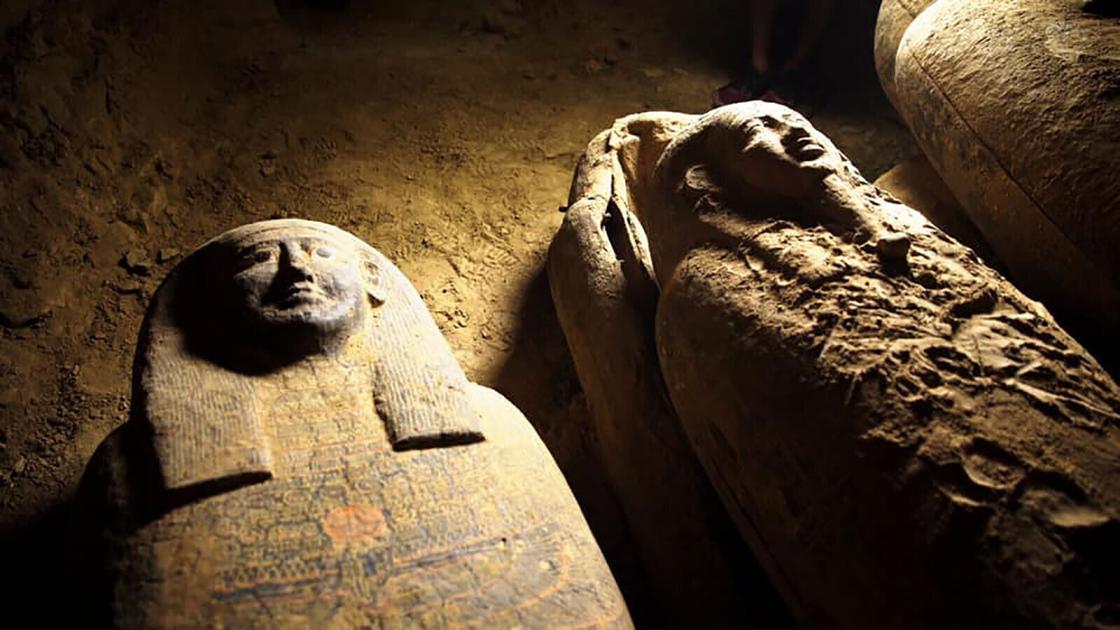
Related:Â Celebrating the Hubble telescope with 30 years of photos from space.
In this image provided by NASA, ESA and the Hubble SM4 ERO Team, a stellar jet in the Carina Nebula is pictured in space.
In this tightly cropped handout image provided by NASA, the NASA space shuttle Atlantis is seen in silhouette during solar transit at 10:27 a.m.
This image from the Hubble Space Telescope shows a group of galaxies called the Seyfert's Sextet on June 26, 2000.
This NASA Hubble Space Telescope image shows a pair of one-half-light-year-long interstellar "twisters," eerie funnels and twisted-rope structures, in the heart of the Lagoon Nebula, which lies 5,000 light-years away in the direction of the constellation Sagittarius.
An image of NASA's Chandra X-ray Observatory and Hubble Space Telescope shows a halo of hot gas surrounding spiral galaxy NGC 4631 that is similar to the Milky Way galaxy, June 19, 2001.
The Hubble Space Telescope took this image of a dying star named "NGC 6369" on Nov.
This image released Oct.
7, 2004, by NASA shows Kepler's supernova remnant produced by combining data from NASA's Hubble Space Telescope, Spitzer Space Telescope and Chandra X-ray Observatory.
In this composite handout image released from the Hubble Space Telescope, the Whirlpool Galaxy and Eagle Nebula are seen April 25, 2005.
In this handout provided by NASA, a visible-light image from the Hubble Space Telescope shows a red ring of dust and debris that surrounds the star Fomalhaut and the newly discovered planet Fomalhaut b, orbiting its parent star.
This undated image taken by the Hubble telescope shows Pluto and its moons Charon, Nix and Hydra.
Just weeks after NASA astronauts repaired the Hubble Space Telescope in December 1999, the Hubble Heritage Project snapped this picture of NGC 1999, a nebula in the constellation Orion.
These Hubble Space Telescope images, captured from 1996 to 2000, show Saturn's rings open up from just past edge-on to nearly fully open as it moves from autumn toward winter in its Northern Hemisphere, part of the course of its 29-year journey around the sun. .
This April 6, 1994, image taken by the Hubble Space Telescope shows stars that lie near the center of our galaxy some 25,000 light-years distant.
This is a Hubble Space Telescope "family portrait" of the four largest moons of Jupiter.
This April 1996 image from Hubble shows the beautiful, eerie silhouette of dark dust clouds against the glowing nucleus of the elliptical galaxy NGC 1316.
This image released Aug.
Jeff Rudolph, president of the California Science Center in Los Angeles, is photographed in front of a Hubble Space Telescope image of part of the Carina Nebula, a place in our galaxy where stars are born, at the California Science Center on Aug.
